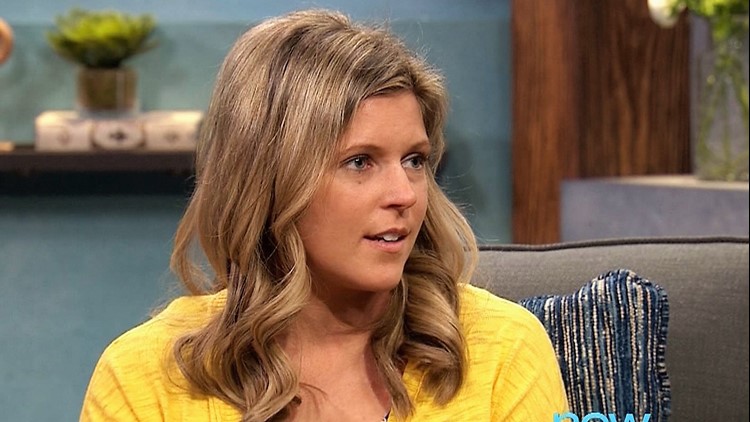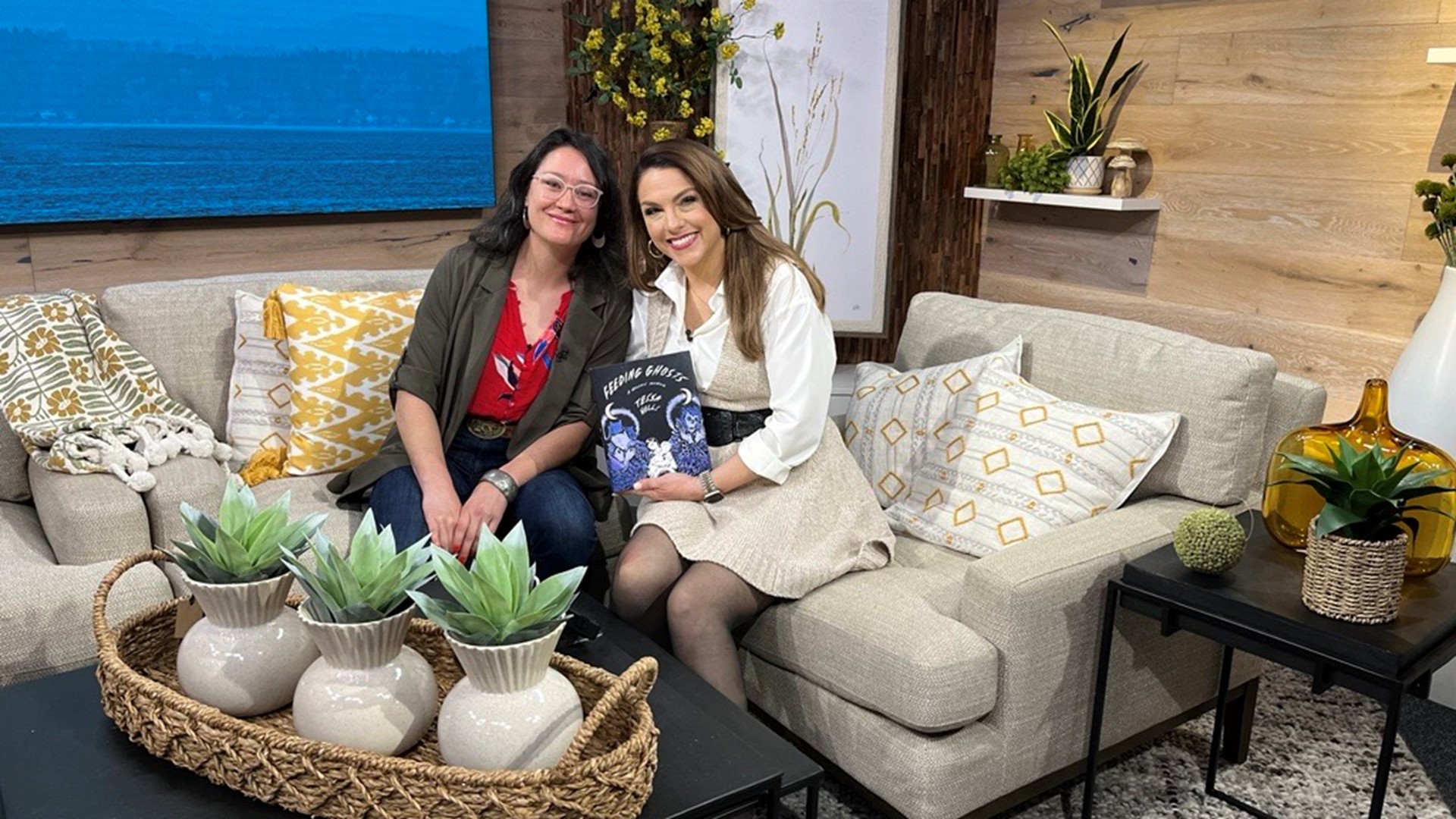SEATTLE — On an September afternoon, 30 year-old Anne Barron was running errands when she experienced the sudden onset of an intense headache, “It went from a zero to the worst it can possibly be in a minute, if that.”
It felt distinctly different than headaches she had experienced before, and Anne asked a friend to take her home. Shortly after she was found in her bedroom, unconscious and having a seizure. Her roommate called 9-1-1 and she was rushed to Virgina Mason, where they discovered that she had suffered a stroke.
Anne’s stroke resulted from a ruptured arteriovenous malformation (AVM) which caused bleeding into the brain. Normally, arteries carry blood containing oxygen from the heart to the brain, and veins carry blood with less oxygen away from the brain and back to the heart. When an arteriovenous malformation (AVM) occurs, a tangle of blood vessels in the brain, or on its surface, bypasses normal brain tissue and directly diverts blood from the arteries to the veins. These blood vessels can rupture and cause hemorrhagic stroke.
This type of stroke is uncommon, occurring in less than 1% of the population. It’s estimated that one in 2,000-5,000 people may have an AVM, and Annie Barron had no idea she had one.
People who have an AVM are usually unaware of its existence, and wouldn't’ be unless they had undergone a CT scan for some reason, says Neurosurgeon Dr. Robert Ryan, because people are born with them or they develop early in life. Because of this, strokes caused from an AVM tend to occur in younger people in their 30s and 40s. An AVM may not cause any signs or symptoms until it ruptures. In about half of all brain AVM’s hemorrhage is the first sign.
Anne was admitted to Virginia Mason’s Comprehensive Stroke Center, a 24/7 facility equipped to handle every type of stroke in every situation. Dr. Ryan performed the surgery to remove the AVM and continued to treat Anne throughout her stay. In order to recover, Anne had to undergo speech therapy and physical therapy to help her walk and talk again. At her 6 month checkup, her angiogram and EEG came back normal. She will continue to be tested annually to make sure there are no signs of the AVM coming back.
Anne credits her roommate’s swift response as well as the expert care of Dr. Ryan and the care team at Virginia Mason for where she is today. She still gets fatigued easily, but said, “I feel like me again.”
Recognizing the signs of a stroke, and getting to the hospital quickly are critical to a patients successful recovery. The American Heart Association recommends recognize the signs and symptoms of a stroke by memorizing FAST:
F – Face Drooping
A – Arm Weakness
S – Speech Difficulty
T – Time to call 9-1-1
In Anne’s case the signs were the sudden onset of a severe headache that felt different that any others she’d had before. If you experience this, get to the ER right away.
May is American Stroke Month, follow #StrokeMonth on social media. This segment is sponsored by Virginia Mason
Watch New Day Northwest 11:00 weekdays on KING-TV Ch.5 or streaming live on KING5.com. Connect with New Day via Facebook, Twitter, Instagram.



